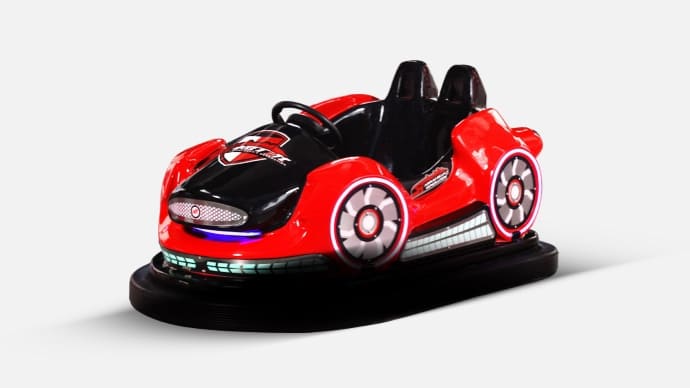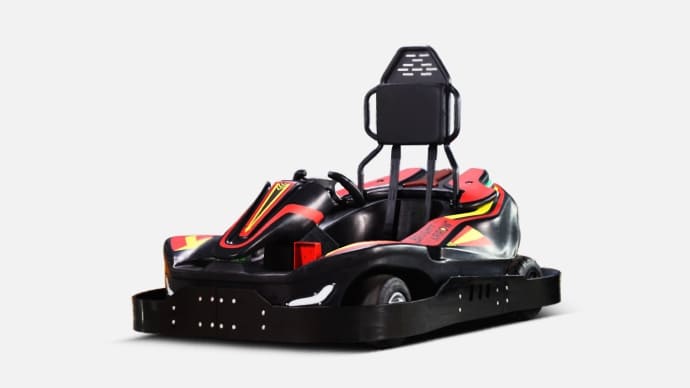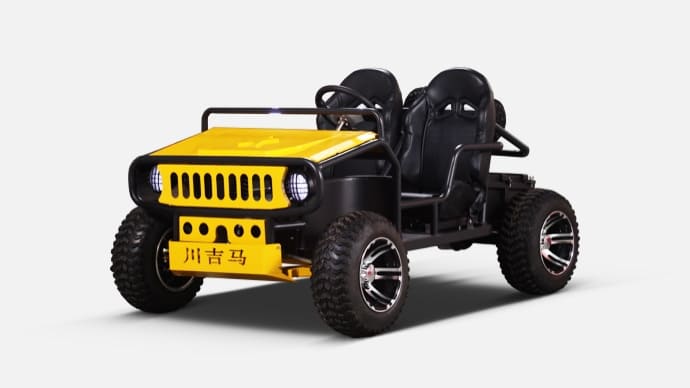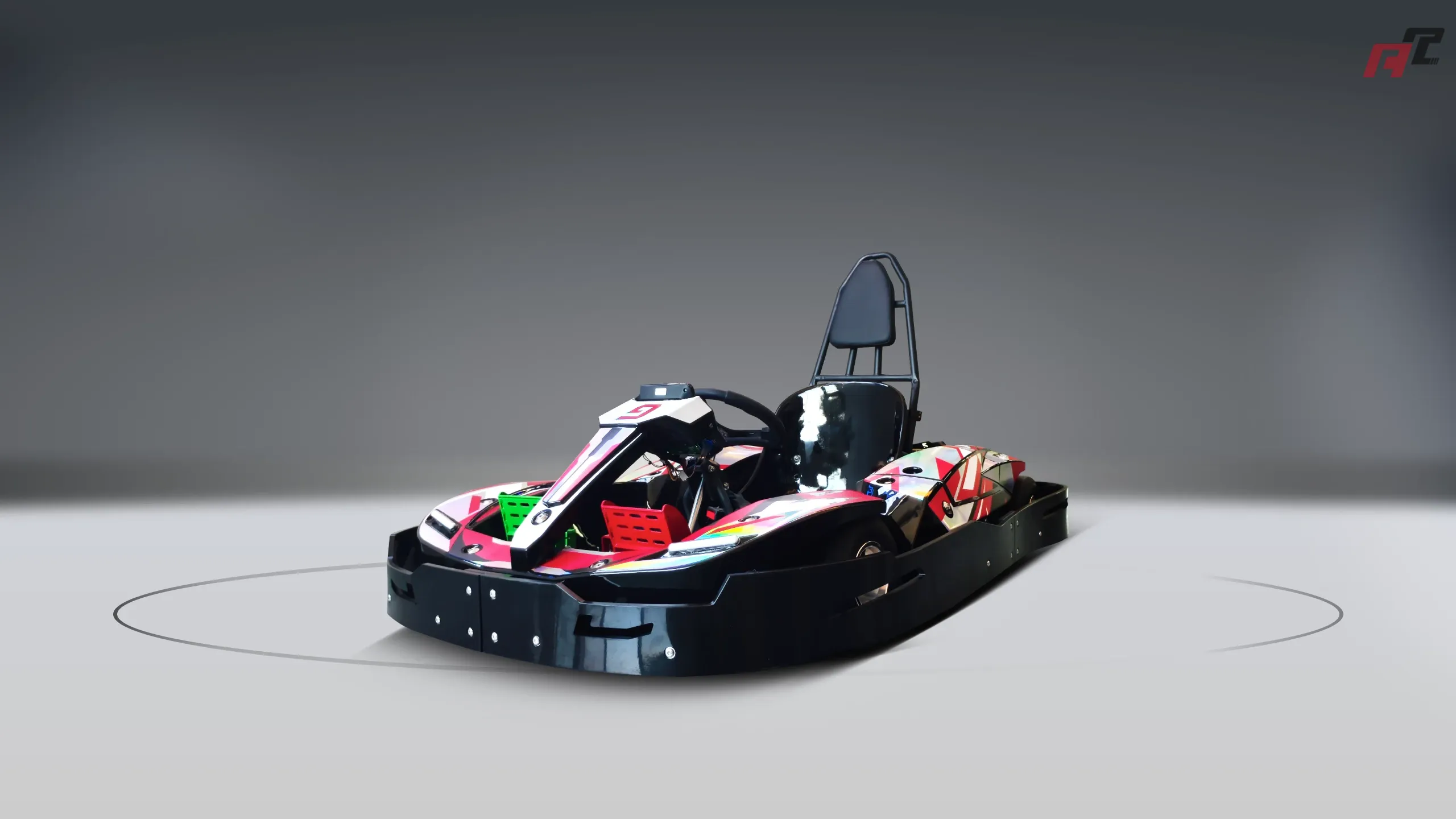why do bumper cars stop after a crash | ANCHI Expert Guide
Explore why bumper cars stop after a crash and gain valuable insights for go-karts industry procurement. This blog addresses top user concerns, including safety mechanisms, maintenance needs, power systems, and crash impact on operations. Learn how these factors influence purchasing decisions with real industry data and expert knowledge to ensure safe, efficient go-kart fleet management.
Why Do Bumper Cars Stop After a Crash? Key Insights for Go-Karts Industry Procurement
Bumper cars are a staple of amusement parks, designed for fun and safe collisions. However, a common question arises: why do bumper cars stop after a crash? This phenomenon ties into safety and operational mechanisms that are also relevant for professionals in the go-karts industry during procurement. Using real data and insights, this blog addresses this core question and related concerns, offering valuable knowledge for go-kart fleet buyers and operators seeking to enhance safety and efficiency.
1. What Safety Mechanisms Cause Bumper Cars to Stop After a Crash?
Bumper cars often stop after a collision due to built-in safety features. Many bumper cars are equipped with impact sensors or circuit interrupters that cut power temporarily when a significant crash occurs. This prevents damage to the car’s electrical system, which draws power from the floor or ceiling, as noted in general resources like Wikipedia. For go-kart procurement, understanding such mechanisms is critical. Modern go-karts may also feature automatic shut-off systems for safety during crashes, a key consideration when selecting models for high-traffic venues.
2. How Do Crashes Affect the Longevity of Bumper Cars and Go-Karts?
Repeated collisions can strain the structural integrity of bumper cars, particularly on bumpers and frames, leading to temporary stops for operator inspection. In the go-karts industry, crashes can similarly impact vehicle lifespan. According to industry discussions on platforms like Reddit, frequent collisions in go-karting can lead to wear on chassis and suspension. During procurement, opt for go-karts with durable frames and crash-rated bumpers (e.g., withstand forces up to 50,000 N, as referenced in educational content on Brainly). This ensures longevity and reduces replacement costs.
3. What Role Does Power System Design Play in Stopping After Crashes?
Bumper cars rely on electrical systems powered via a metal floor or overhead grid. A crash can disrupt this connection, causing the car to stop until reset by an operator. This design minimizes electrical hazards post-impact. For go-kart procurement, electric models are increasingly popular due to sustainability trends. A 2023 industry report by IBISWorld notes a growing demand for electric go-karts in indoor tracks. Buyers should prioritize models with robust battery management systems to handle crash-induced power interruptions.
4. How Do Operators Manage Safety and Downtime After Crashes?
Post-crash stops in bumper cars allow operators to assess damage and ensure rider safety, minimizing injury risks. In go-karting, similar protocols are vital. As highlighted in safety FAQs from K1 Speed, tracks enforce strict rules to manage crash aftermath, including vehicle checks and rider briefings. Procurement professionals should consider go-karts with easy-access diagnostic systems to reduce downtime and ensure quick recovery after incidents, maintaining operational efficiency.
5. What Are the Legal and Liability Concerns Tied to Crashes in Amusement Rides?
Crashes in bumper cars and go-karts can lead to legal liabilities if safety standards are not met. According to Banville Law, go-kart accidents can result in lawsuits even with signed waivers if negligence is proven. For procurement in the go-karts industry, it’s crucial to source vehicles compliant with ASTM F24 standards for amusement rides and devices. Investing in certified equipment reduces liability risks and ensures safer experiences for users.
In conclusion, understanding why bumper cars stop after a crash provides a lens into critical safety and operational considerations for go-kart procurement. From durable designs to power systems and legal compliance, these insights help industry professionals make informed purchasing decisions. Stay ahead by prioritizing safety and efficiency in your go-kart fleet management.














